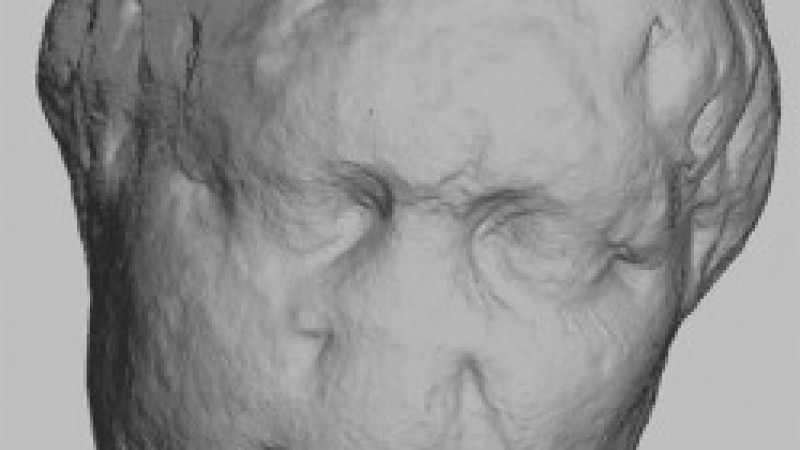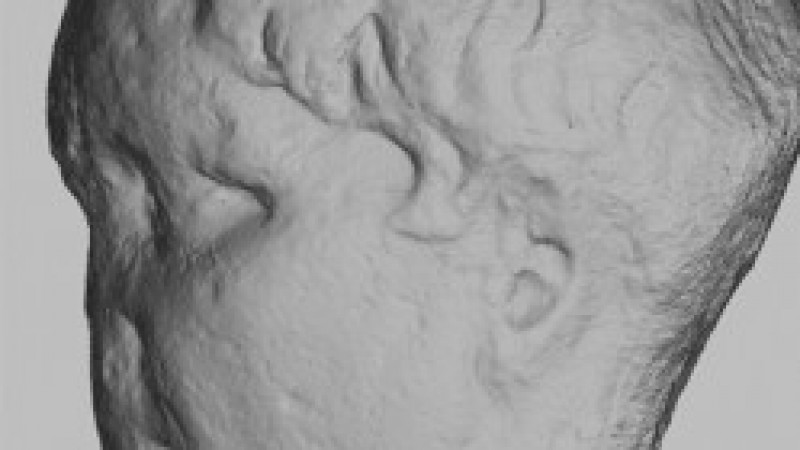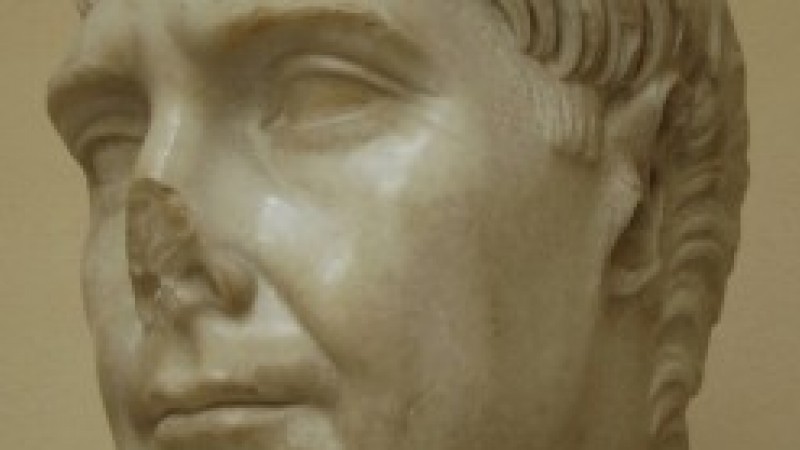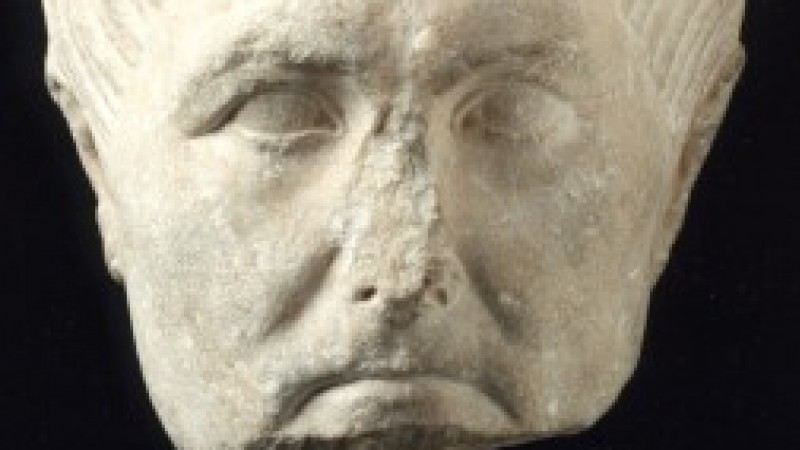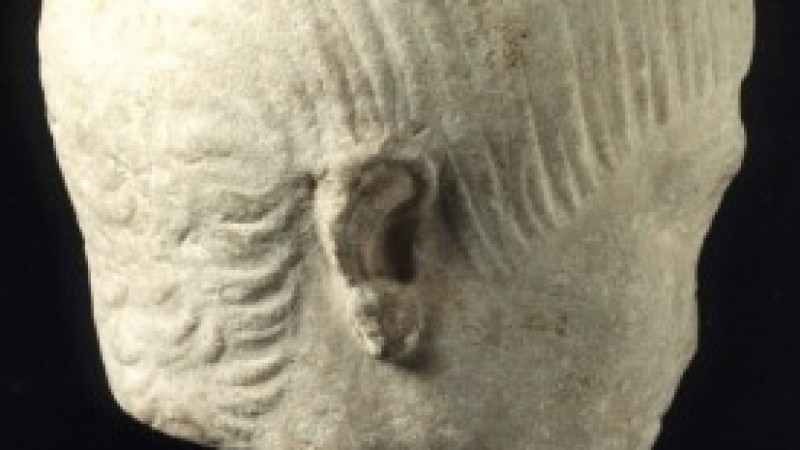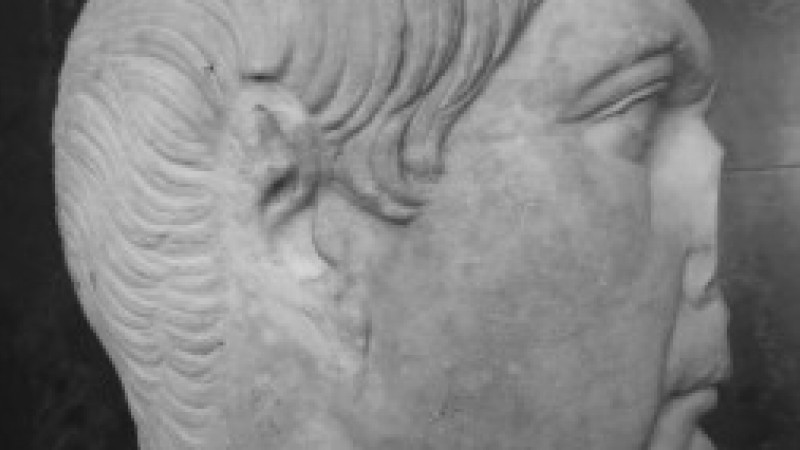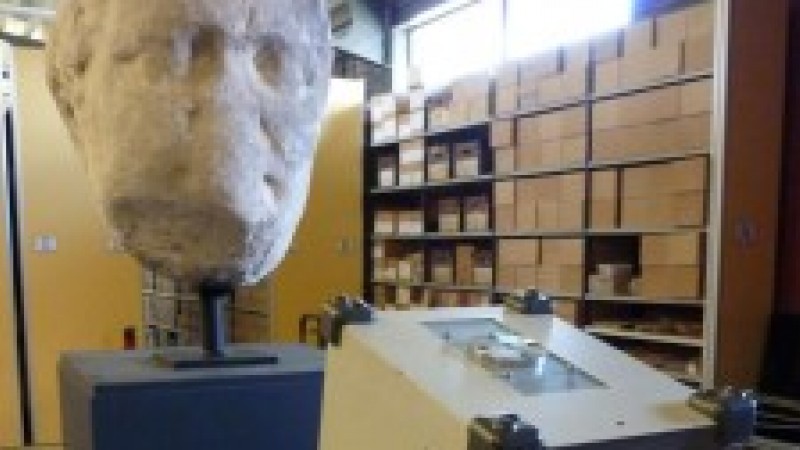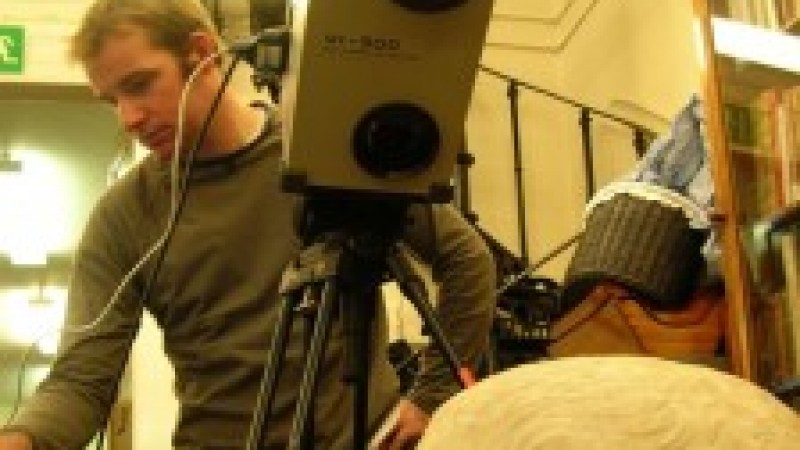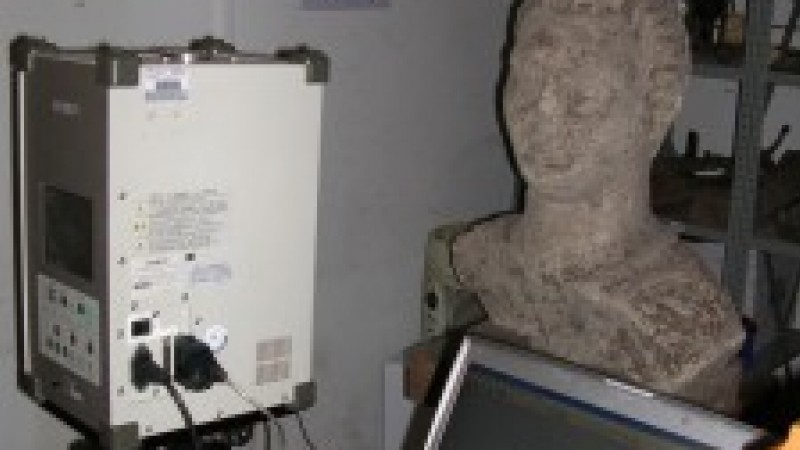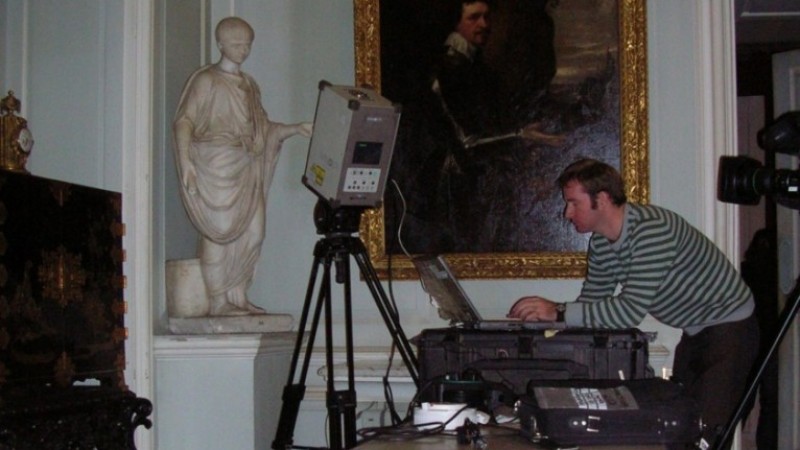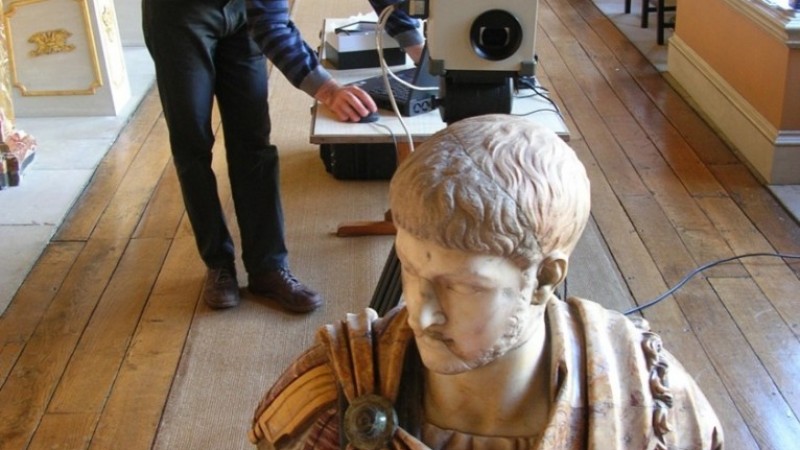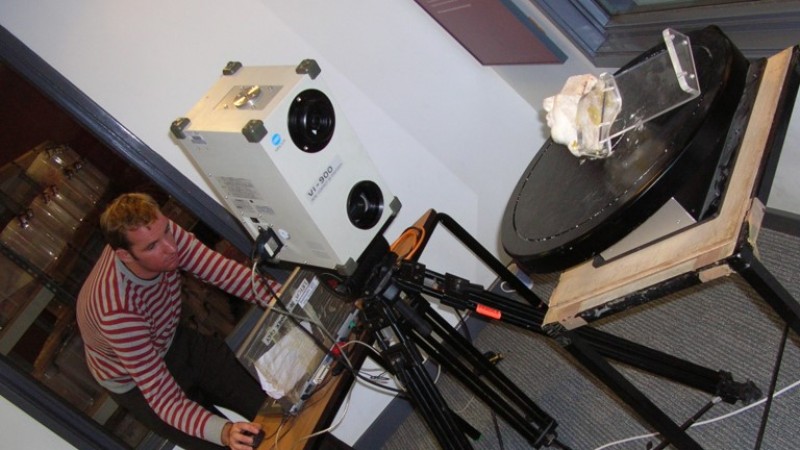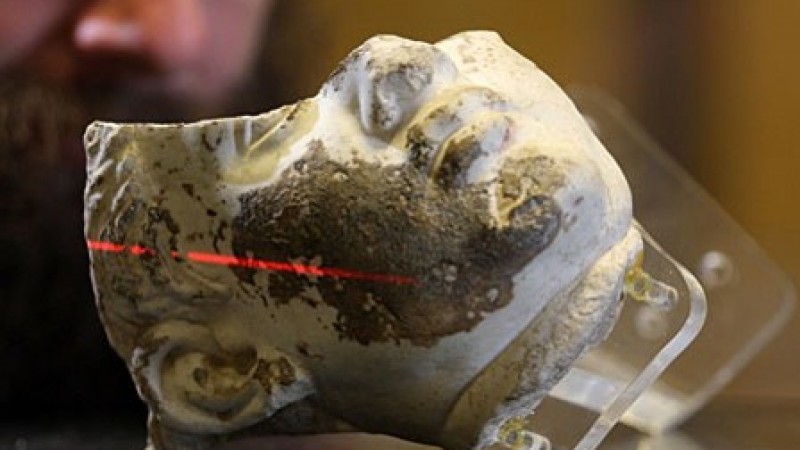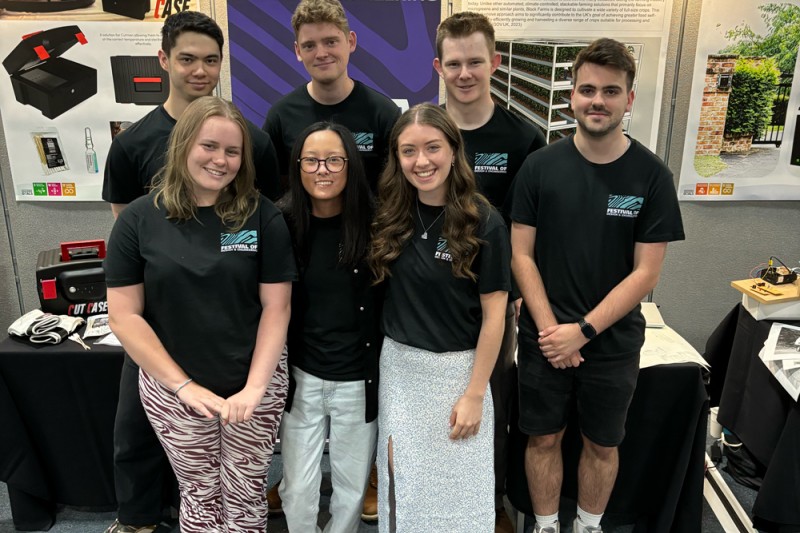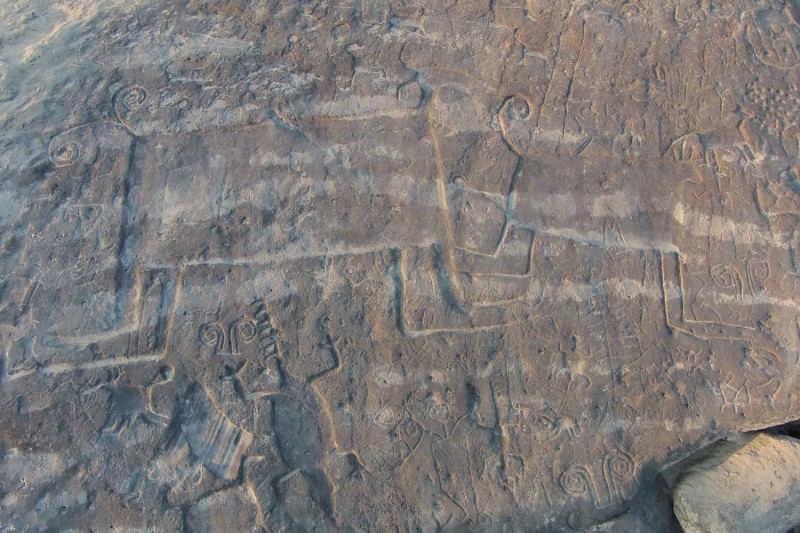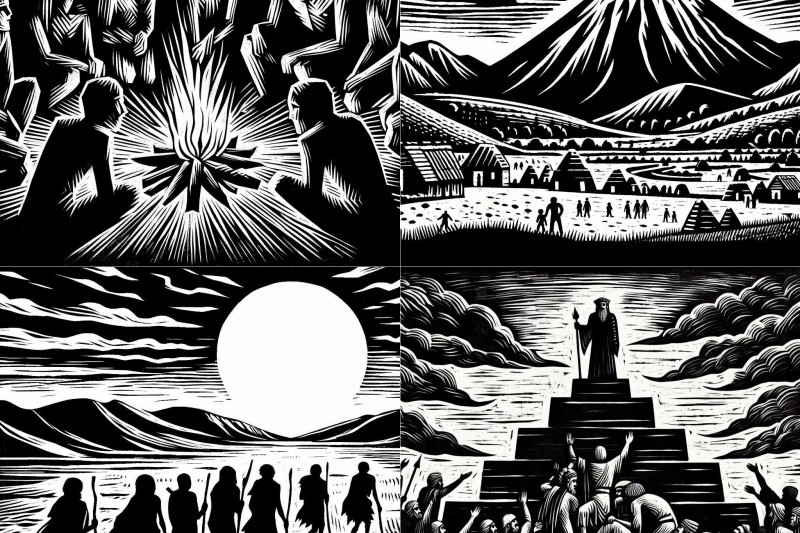The Imperial Image Database was set up in 2010 with the aim of generating three-dimensional (3D) scans of Roman portraiture recovered from different contexts across southern Britain.
The survey is not only collating and analysing fragments of stone and bronze Roman sculpture preserved within a variety of British museums, but is also comparing these pieces with material held within internationally important stonework repositories in order to compile a digital database of Roman imperial portrait typology.
Such a database will, it is hoped, significantly aid the future resolution, identification and interpretation of Roman sculptured images, however fragmentary their condition. The reproduction of images in 3D permits the full examination of detail not immediately apparent to the naked eye and will prove of importance to a wide range of individuals from art historians, archaeologists, classical historians, academic researchers, museum curators and the general public, combining, as it does, the study of Roman art, material culture, museum archives and facial recognition.
To date, a number of significant portraits recovered from Romano British contexts have been identified or had their previous identity and significance challenged, from the iconic Saxmudham bronze head in the British Museum – previously thought to be the emperor Claudius, now shown to be in fact an image of his successor, the emperor Nero, to the fragment of a life-size marble head of a young man from Fishbourne palace which can now also be shown to have been a likeness of Nero at the time of his adoption in AD 50 (when he was aged 13).
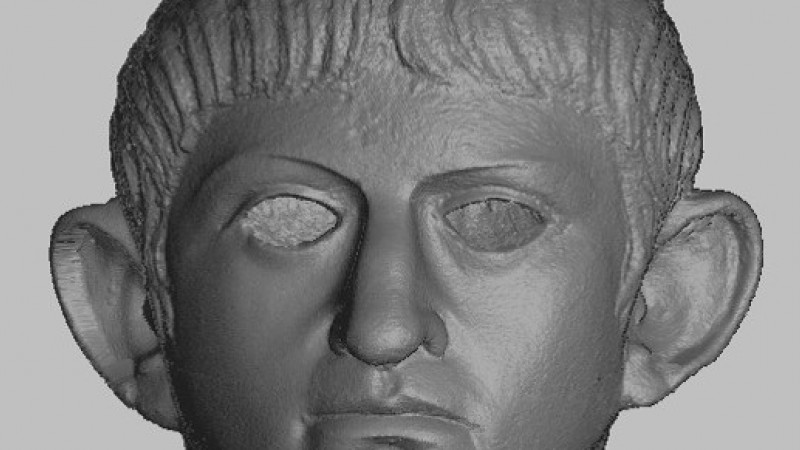
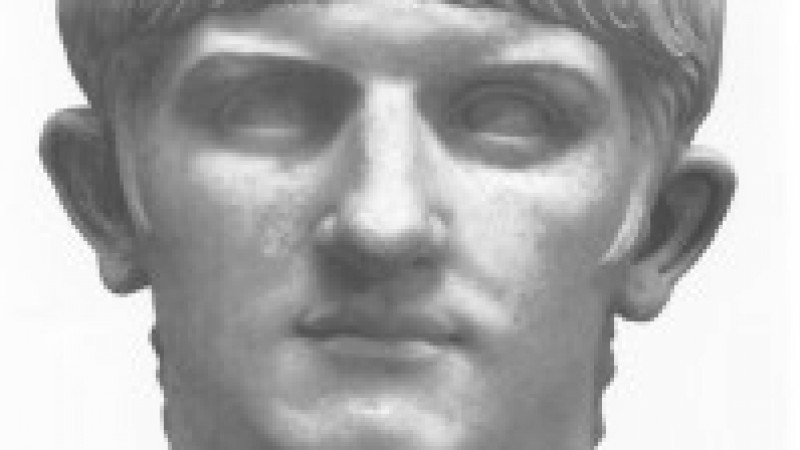
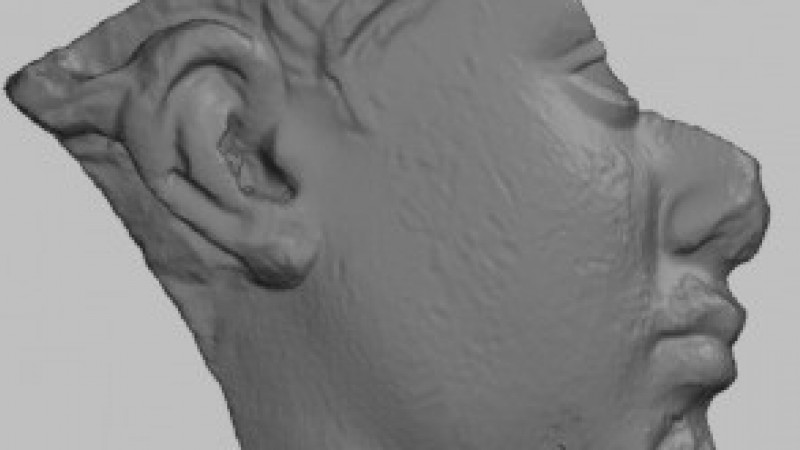
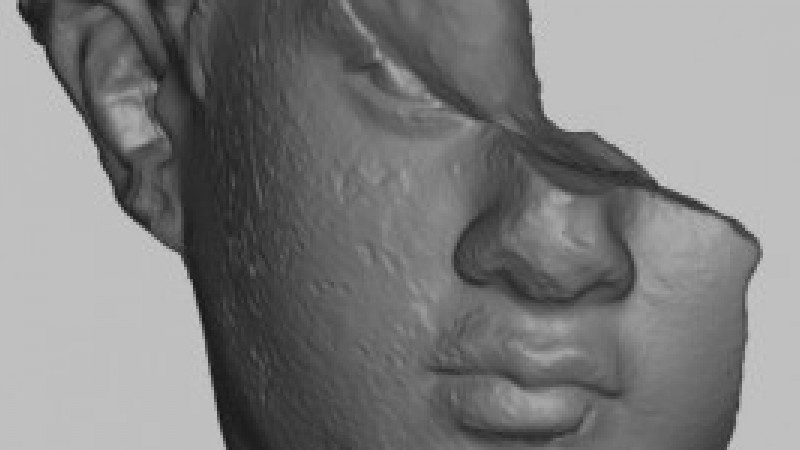
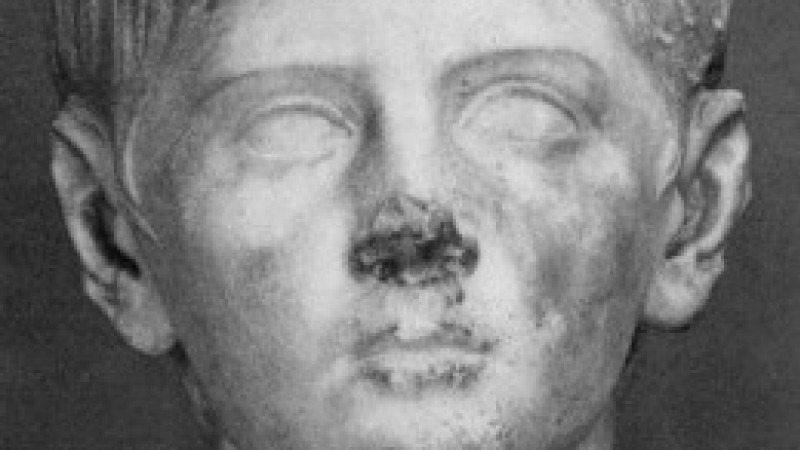
Other portraits of Nero, both in a highly battered state, suggesting that the images were attacked in the post mortem memory sanctions that followed in the wake of the emperor’s suicide in AD 68, can also now be identified from locations at Hinckley in Leicestershire and also from the north eastern limits of the city of London.
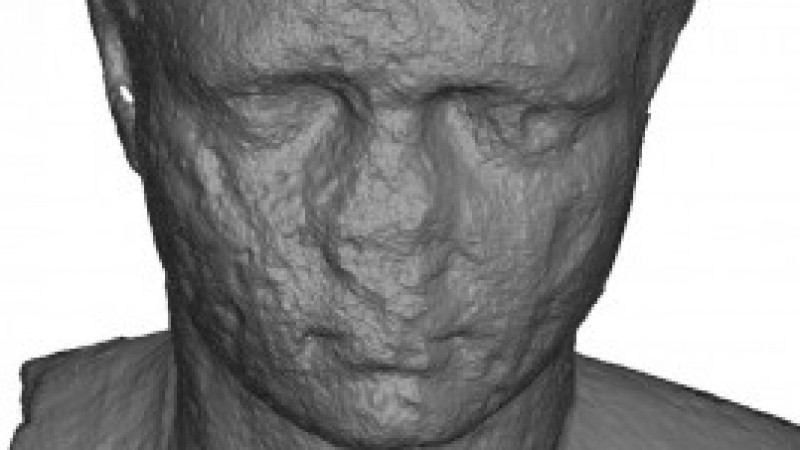
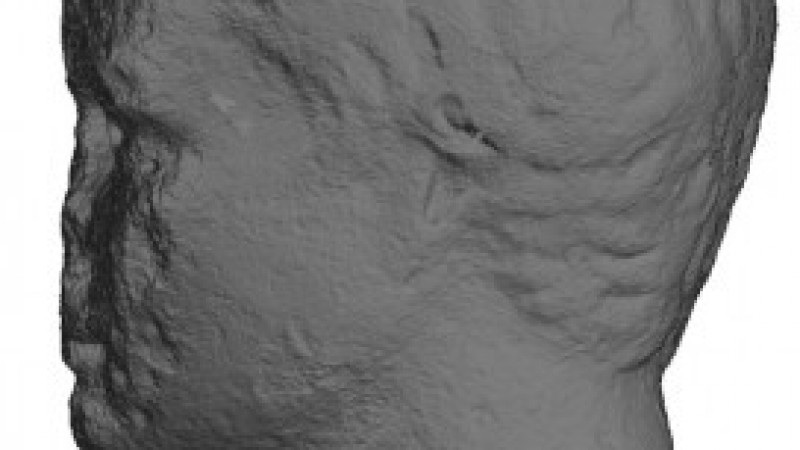
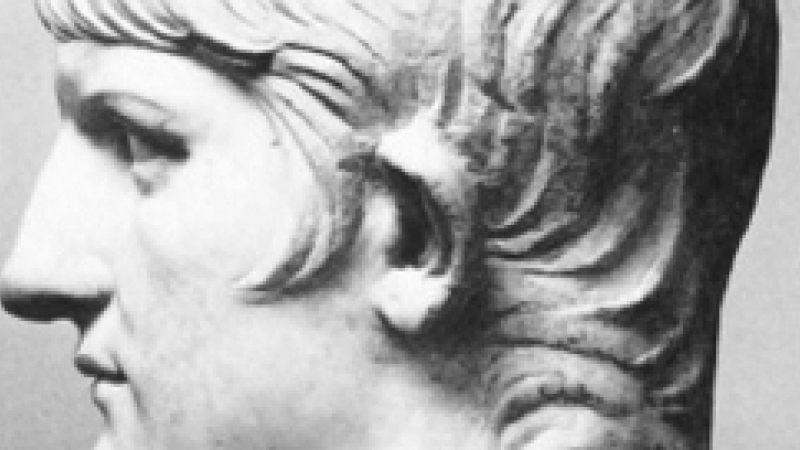
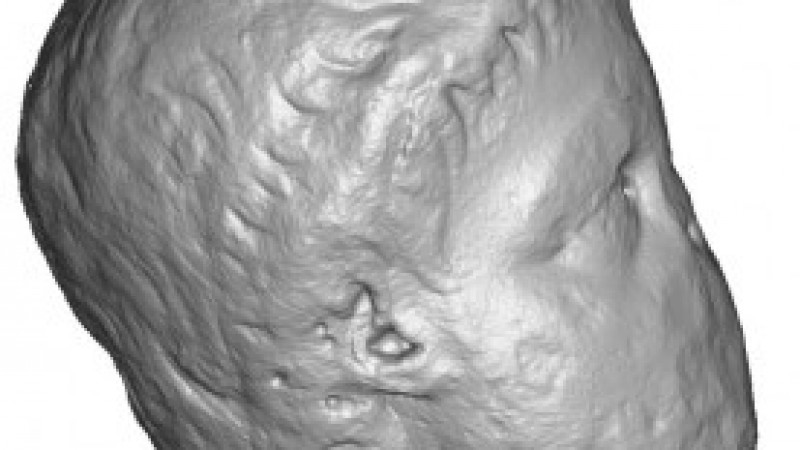

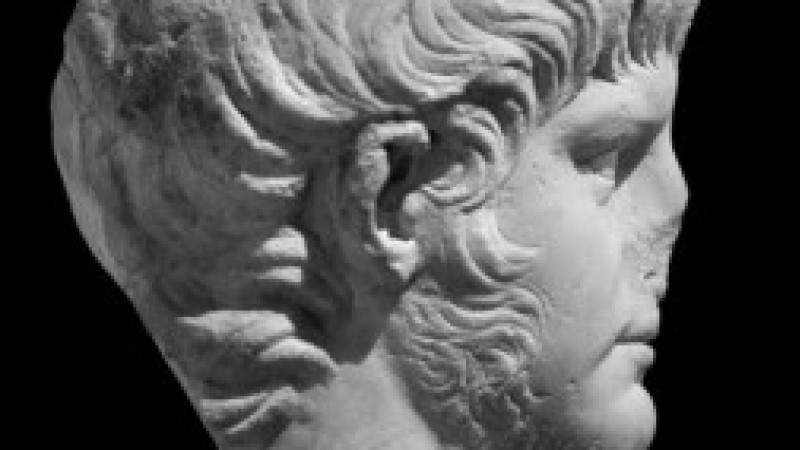
Portraits of the later emperor Trajan can now be identified from Bosham harbour, in West Sussex, and also from an area to north of the frontier at Hawkshaw, Peebleshire (this one re-carved from an earlier portrait of the unpopular emperor Domitian – traces of the former leader’s hair styling being evident at the nape of the neck).
The work is still in its early stages, and much more needs to be done, but already our view of the ‘face’ of Roman Britain has changed significantly.
